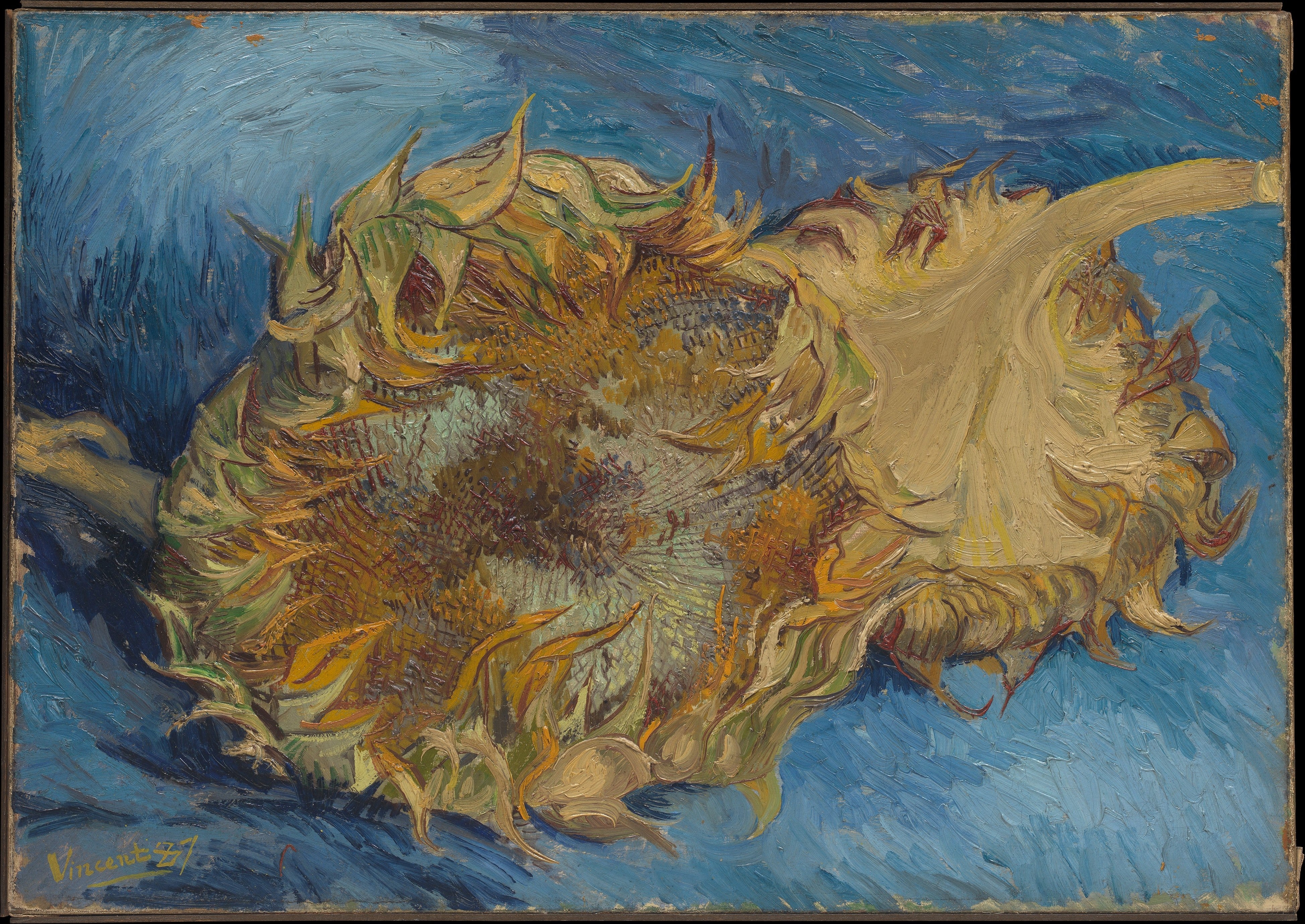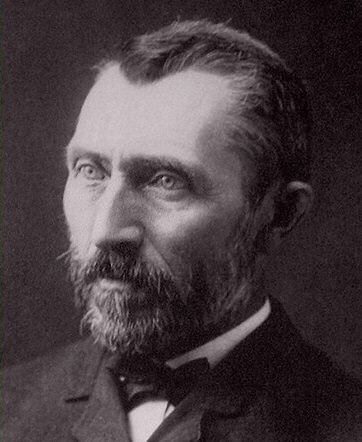
Sunflowers
In late summer 1887, during his final months in Paris, Vincent van Gogh turned his attention to the sunflower—a motif that would become one of the most enduring symbols of his artistic identity. Among the four sunflower still lifes he painted during this period, this particular composition is distinguished by its bold simplicity and expressive brushwork, capturing two radiant blossoms isolated against a neutral ground. Though less flamboyant than his later Arles series, these Paris sunflowers already reveal Van Gogh’s fascination with the flower’s sculptural form and symbolic resonance.
This painting is closely related to an oil sketch held at the Van Gogh Museum in Amsterdam, and it shares a clear compositional lineage with another signed and dated 1887 work showing two sunflowers, now in the Kunstmuseum Bern. Van Gogh would go on to explore the subject on a larger scale as well, notably in a striking canvas depicting four sunflower heads, now housed in the Kröller-Müller Museum in Otterlo.
The significance of these early sunflower studies is underscored by their early champion: Paul Gauguin, Van Gogh’s friend, rival, and eventual housemate in Arles. Gauguin acquired the two smaller sunflower paintings and treasured them deeply, hanging them in a place of honor above his bed in his Paris apartment. For Gauguin, they were not just decorative but emblematic of Van Gogh’s bold, personal style and artistic sincerity. They remained in his possession until the mid-1890s, when he reluctantly sold them—along with other cherished works—to fund his fateful journey to the South Seas.
Though more restrained than the later, better-known Arles sunflowers, these early compositions are crucial to understanding Van Gogh’s evolving visual language. They fuse still life with symbolism, color with emotion—offering a glimpse into a moment when the artist was beginning to articulate his singular vision, balancing observation with the raw force of inner feeling.
Choose options


Sunflowers
About Artist

Vincent van Gogh
